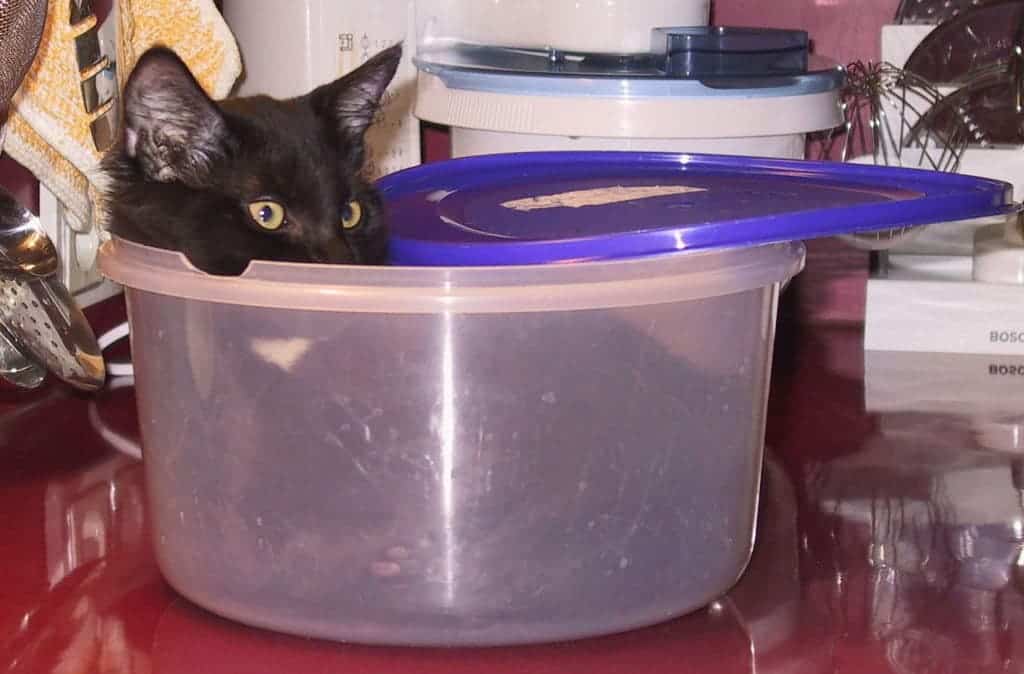Scientific research should be a curiosity-driven effort to uncover the secrets of the universe. But while science is a very serious thing, we shouldn’t be afraid to dabble in the lighter side of it — after all, you’d probably be surprised to see how many discoveries came to be that way. Here, we celebrate the Ig Nobel awards: ten unusual or trivial achievements in scientific research which make you laugh and then make you think.
Are cats really liquid?
Liquid cats
Don’t laugh, we’ve all seen how cats can fit in pretty much any volume of space. With that in mind, Marc-Antoine Fardin, a physicist at Paris Diderot University, set out to see if cats… flow. As in, flow like a liquid.
He employed the principles of rheology, the study of the flow of matter, and calculated the cats’ relaxation time. The relaxation time is not how long it takes a cat to relax, but in this context, it’s the time it takes them to fill up a container.
The result? Cats can be either solid or liquid, depending on the situation. If put in a small container like the small box above, a cat will behave like a liquid and rapidly fill up all the space. But in a larger container, ie a bathtub, a cat behaves like a solid. Fardin published his results in the Rheology Bulletin journal, earning this year’s Ig Nobel Physics Prize. For his contribution, he also received a cash prize of 10 trillion dollars — that’s Zimbabwean dollars — worth just a few cents.
But Fardin got just one of ten awards. The Medicine award went to Jean-Pierre Royet, David Meunier, Nicolas Torquet, Anne-Marie Mouly and Tao Jiang, for using advanced brain-scanning technology to measure the extent to which some people are disgusted by cheese. A mixed team of Italian, English, and Spain showed that many identical twins cannot tell themselves apart visually. Must be a strange world, not being sure if that’s you in the photo.
The Peace Prize
As is the case with the Nobel prizes, often times the Peace Prize is the most spectacular award. In this case, the Ig Nobel was awarded to a worthy effort. An international team showed that among others, playing the didgeridoo is an effective treatment for obstructive sleep apnoea and snoring.
You probably have some pressing questions on that one, especially ‘what the hell is a didgeridoo?’ Well, it’s a traditional wind instrument developed by Indigenous Australians of northern Australia potentially, still fairly widespread today both in Australia and around the world. Considering how many relationships snoring has ruined, I wouldn’t be surprised if this also gets nominated for a genuine Nobel prize.
Also, for Economy, Matthew Rockloff and Nancy Greer conducted experiments to see how contact with a live crocodile affects people’s willingness to risk. They asked people visiting a Queensland crocodile farm to either hold a 1-meter-long crocodile or not. They then asked them to fill out a questionnaire about how they feel, the played a slot game. This research, while seemingly just quirky and useless, is in fact important. It shows that emotions (such as the excitement of holding a crocodile) affect our habits, especially gambling habits. People might think they’re in control when they’re gambling, but they rarely are. In fact, that’s what the Ig Noble awards are for — things that seem silly, but in reality, are more sciency than many of the things that get published nowadays.
Other Ig Nobel awards were given to researchers for studying why older men have bigger ears, how fetuses react to music played on the belly versus the vagina, and for identifying an insect species with a female penis and a male vagina. The full list of awards can be read here.











